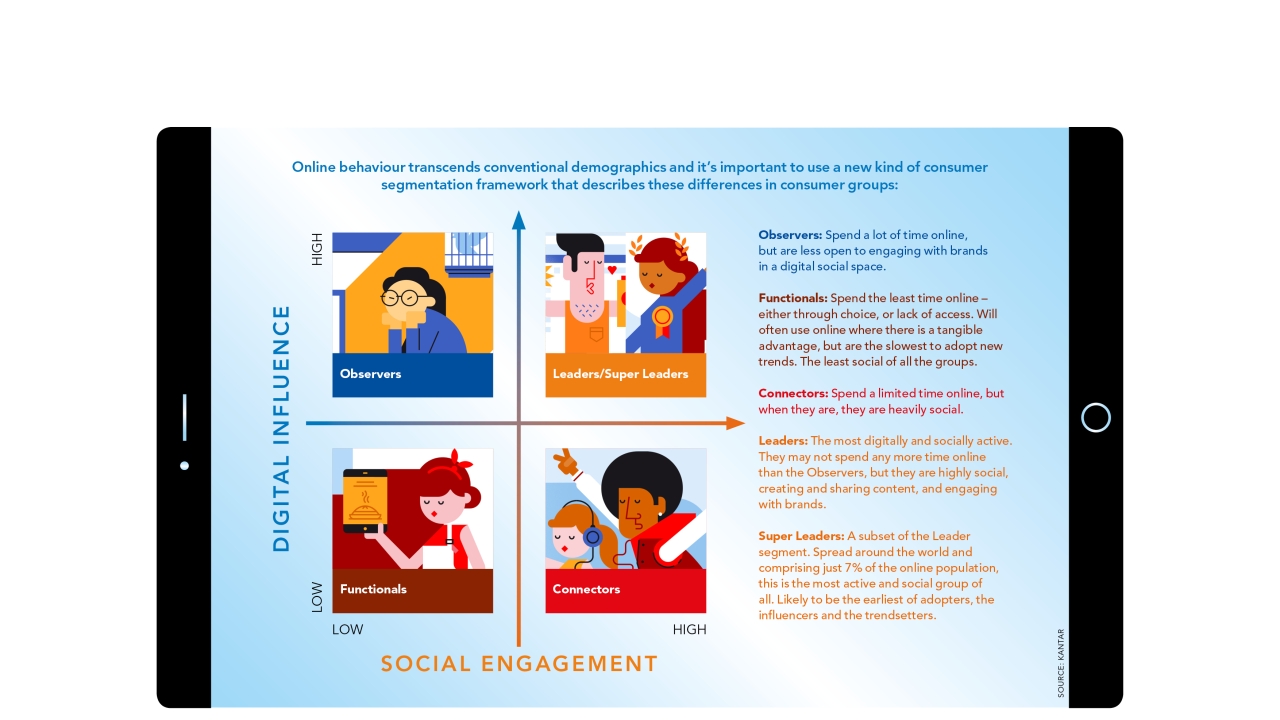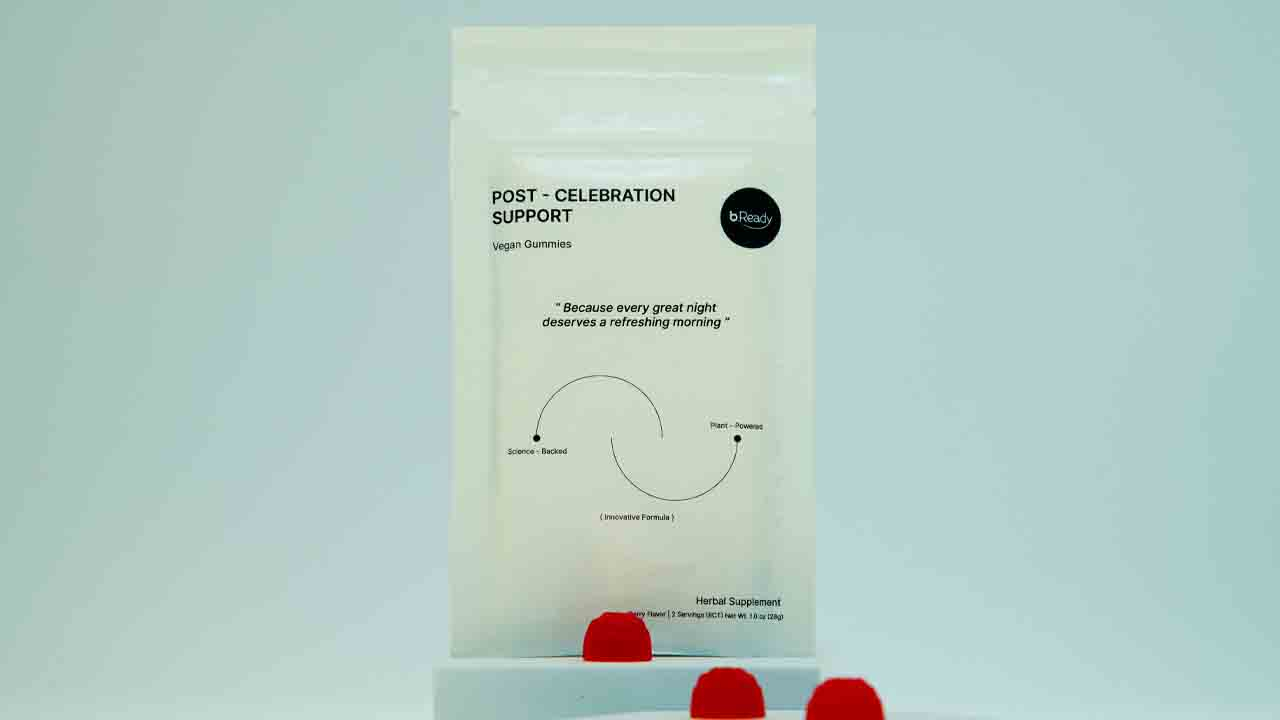Brands must target connected ‘Super Leaders’ to thrive in a digital, information-saturated world
Brands need to focus their online engagement on a new generation of influencers if they are to thrive in a connected, information-saturated world, according to the Tetra Pak 2017 Index.

Tetra Pak Index is based on research conducted with KTNS, and offers insights into the global trends shaping the future of the food and drink industry. This year’s report explores how consumers connect with food and drink products in today’s digital world. Drink sales online are up by 38 percent since 2015, and connected consumers are spending more than four hours online every day.
The company has identified a group of Super Leaders, the most influential subset of the wider online community, who, when engaged, can become brand advocates to spread messages, shape opinions and help build trust in products. Super Leaders – a newly-defined digital community of early adopters and brand amplifiers – are now the most influential group in building, or eroding, brand preference, according to the Tetra Pak Index 2017. Companies that fail to engage with Super Leaders in the right way risk missing the opportunity to harness their influence and help them build their business, Tetra Pak commented. And although representing just seven percent of the online population, Super Leaders are the most active and social people online. More than half write brand and/or product reviews every week, and 65 percent say they are more likely to do so after a positive experience. In addition, more than three-quarters expect brands to reply to their reviews and ratings, saying that interacting with brands on social media improves their opinion of that brand.
Alexandre Carvalho, director of marketing services at Tetra Pak, said: ‘Using new ways to reach the connected consumers is especially important when you think of Generation Z and others who are becoming an important consumer group. They have been brought up in a digital world, and expect brands to communicate in a similar way. The age of passive, one-way communication is over. Brands need to adjust their communications and use more channel-specific, smart, authentic and engaging content if they are to seize the opportunities in this new world.’
This includes the use of packaging, which is described as the ‘gateway to greater consumer engagement’, as reported here.
Stay up to date
Subscribe to the free Label News newsletter and receive the latest content every week. We'll never share your email address.

